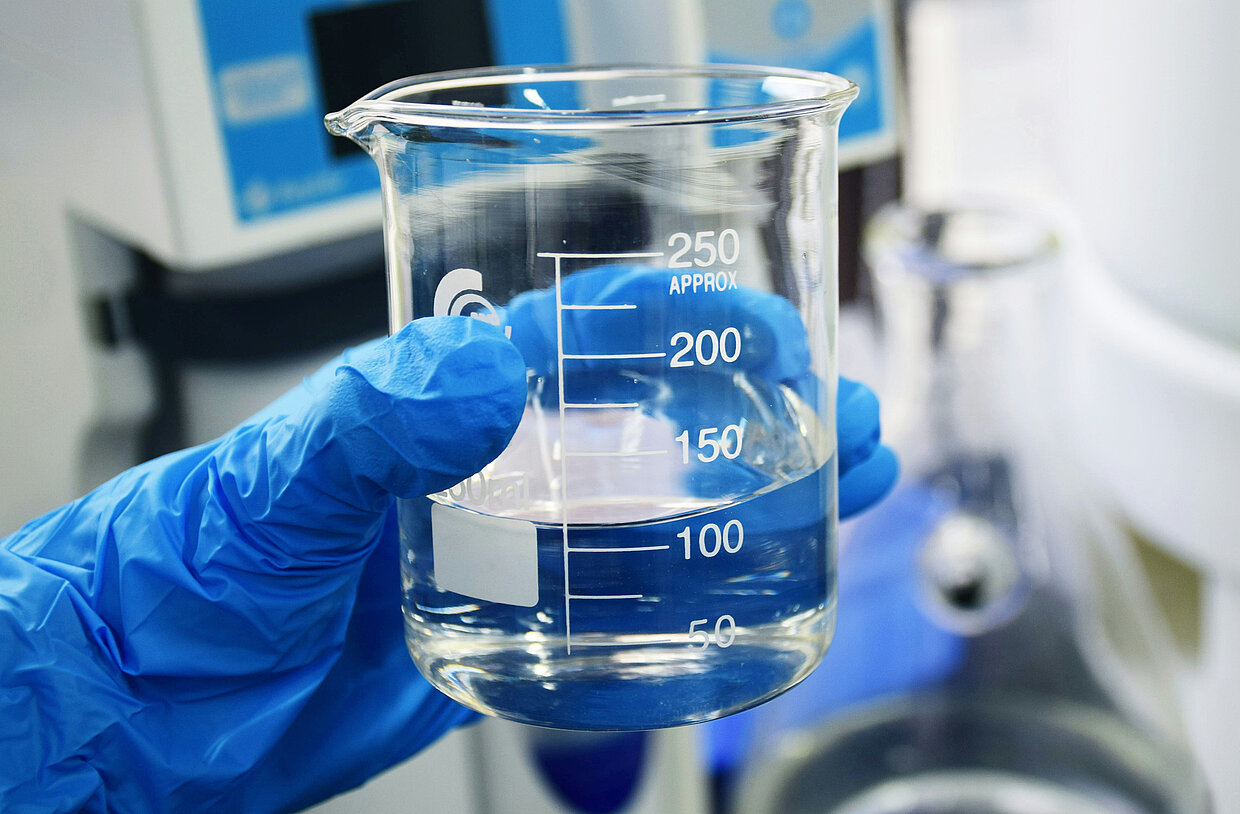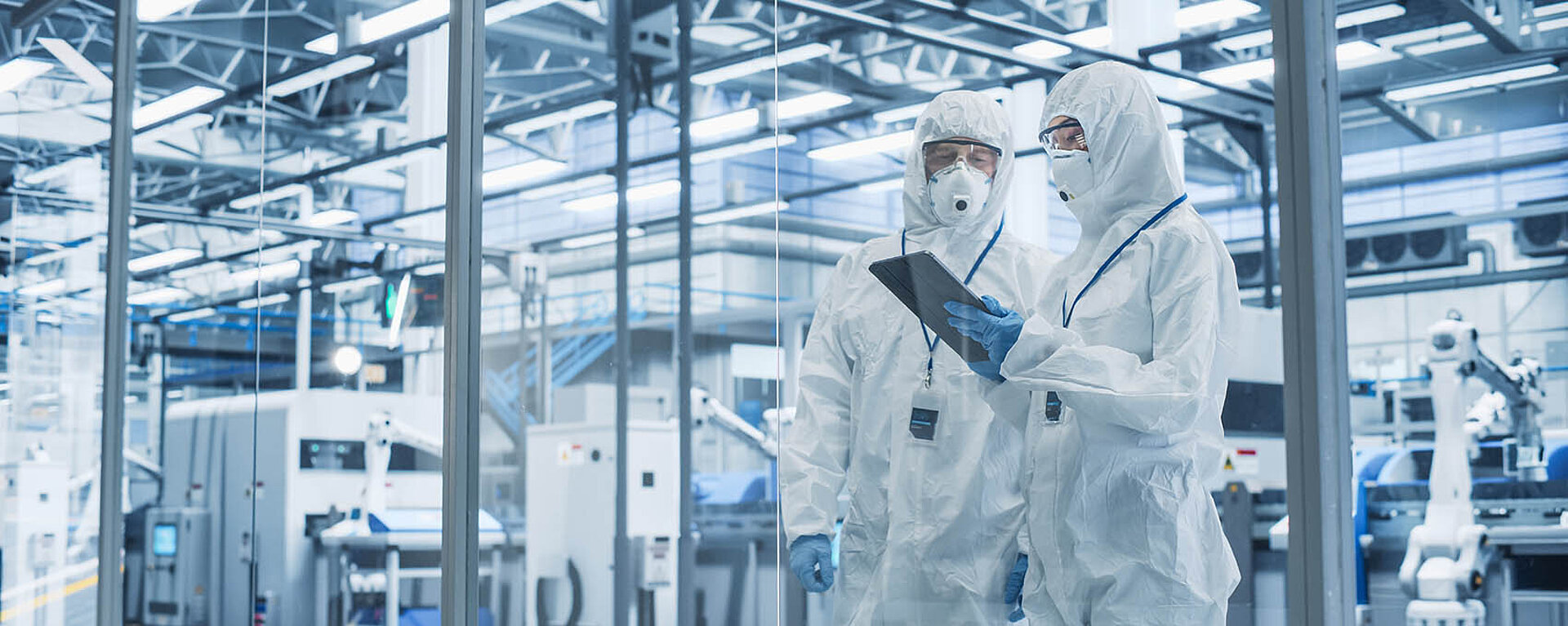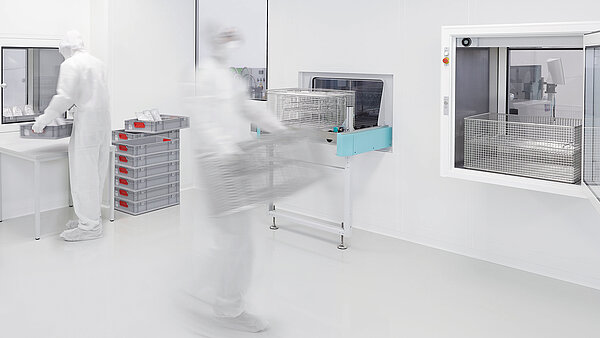High Purity – many Questions, qualified Answers
Suppose you are a supplier with your sights set on new, demanding markets. And you want to be recommended as a quality partner for the production of clean-critical parts or components.
Expert Answers to frequently asked Questions about High Purity

From part two of the High Purity series, you know that all elements of your process chain need to interact optimally to achieve the best reproducible results. Now you can delve even deeper into the subject and become familiar with the terminology and extreme limits that must be adhered to for maximum particle freedom and cleanliness.
For example, you could learn that certain cleaning processes don't require tap water, but UPW – Ultrapure Water. Why surfaces must be baked out at high temperatures after drying to remove even the tiniest traces of film contamination. Why an RGA – Residual Gas Analysis – must be performed at the same time to determine the molecular components of this outgassing. And what the maximum permissible particle concentration per cubic meter of air is in the nine cleanroom classes according to DIN EN ISO 14644-1.
You could do all that. And still not be clear about what is relevant and what a suitable cleaning process should look like. Or, easier and faster: you could get in touch. For clarity in the “jungle of terms”. For arranging a test cleaning. To see how a highly complex challenge can be turned into a cleaning task that can be masterfully solved with the appropriate process expertise.

The best way to find out what is needed to meet “the challenge of maximum cleanliness” is to get a personal consultation.



